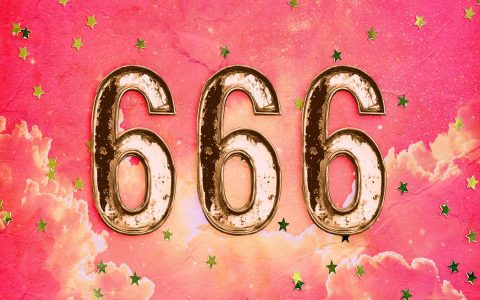Mathematical and Fundamental Duality
The number 2 holds foundational importance. It is the first and only even prime number, enabling the distinction between even and odd. This simple division underpins arithmetic. More fundamentally, it represents duality – the most basic system of comparison and contrast.
Physical and Cosmic Principles
Physics reveals dualities everywhere: positive/negative charge, matter/antimatter, wave/particle nature. Cosmic structures often exhibit bilateral symmetry. The concept of polarity (opposing yet complementary forces) is a universal principle represented by two.
Cultural and Religious Archetypes
Globally, cultures embed dualism in their core philosophies:

- China: Yin and Yang – the ultimate symbol of complementary opposites (dark/light, female/male).
- Abrahamic Religions: Pairs are central (Heaven/Earth, Good/Evil). Noah saved animals two by two; the Ten Commandments were delivered on two tablets.
- Hinduism: Purusha (consciousness) and Prakriti (matter); Shiva and Shakti.
- Zoroastrianism: Dualistic cosmology of Ahura Mazda (good) and Angra Mainyu (evil).
- Philosophy: Mind-body dualism (Descartes), dialectics (thesis-antithesis).
Practicality and Superstition
The number serves practical and symbolic roles:
- Basic Units: Pairs (shoes, eyes, hands) are fundamental biological and functional units.
- Decision Making: Binary choices (yes/no, true/false) simplify complex decisions.
- Language: Many languages use dual number forms alongside singular and plural.
- Symbolism: Represents partnership, balance, confirmation, or division ("two sides to every story"). Superstitiously, it signifies luck ("two's company") or warning ("kill two birds with one stone").
Modern Relevance
Its significance persists in contemporary systems:
- Technology: Binary code (0s and 1s) forms the bedrock of all digital computing.
- Gender Concepts: While increasingly nuanced, the historical binary model influenced social structures.
- Narrative: Conflict, the engine of most stories, often stems from opposing forces or goals.
The number 2's global popularity stems from its universality. It represents the most fundamental organizing principle of existence – duality – observable from cosmic scales to human thought, encoded in mathematics, physics, culture, religion, and daily life. Its power lies in its simplicity and its representation of the relationships that define reality.








